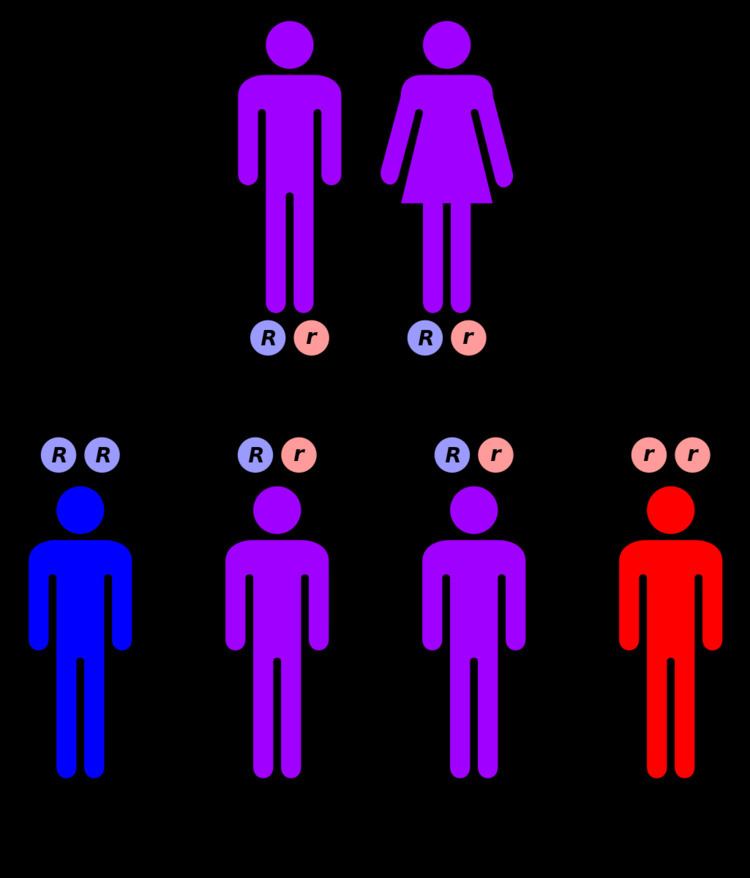OMIM 210370 | DiseasesDB 33427 | |
 | ||
Bietti's crystalline dystrophy (BCD), also called Bietti crystalline corneoretinal dystrophy, is a rare autosomal recessive eye disease named after Dr. G. B. Bietti.
Contents
BCD is a rare disease and appears to be more common in people with Asian ancestry.
Presentation
Symptoms of BCD include:
Genetics
BCD is inherited in an autosomal recessive manner. This means the defective gene responsible for the disorder is located on an autosome, and two copies of the defective gene (one inherited from each parent) are required in order to be born with the disorder. The parents of an individual with an autosomal recessive disorder both carry one copy of the defective gene, but usually do not experience any signs or symptoms of the disorder.
BCD is associated with mutations in the CYP4V2 gene. The nematode C. elegans has a duplicated gene (cyp31A2 and cyp31A3) that are orthologous of the human gene. These genes code for cytochrome P450s involved in fatty acid synthesis.
